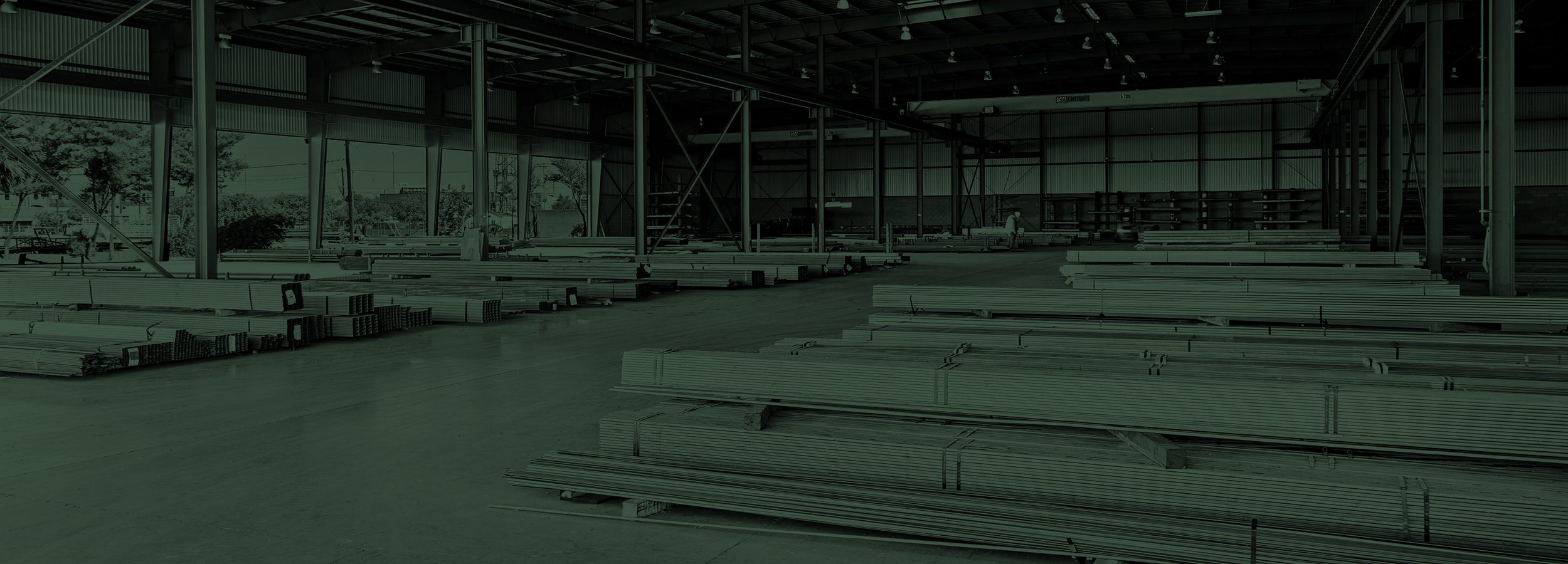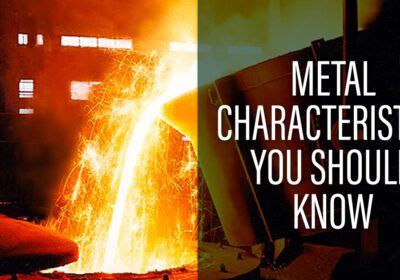8 Differences Between Aluminum and Steel

Both aluminum and steel are commonly used materials for a variety of projects and products across numerous industries. Although steel and aluminum may look somewhat similar, they each have unique qualities, properties, and applications. When choosing which metal to use for your next building project, consider these distinct differences between aluminum and steel from our experts at Arizona Iron Supply in Phoenix:
1. Strength
While stainless steel and aluminum are both incredibly strong materials, steel has greater strength than aluminum. Steel’s carbon content makes it harder, more dent-resistant, and more durable when stressed. Steel is less likely to warp, deform, or bend when subjected to heat, force, or weight.
2. Weight
Aluminum’s lightweight properties make it perfect for use in airplanes and skyscrapers. In fact, a majority of the world’s skyscrapers are made from aluminum today. Aluminum alloys have been developed to be stronger than pure aluminum and can support the weight of heavy glass panes used to construct tall buildings. Because aluminum is lighter than steel, it has a higher strength to weight ratio. This makes aluminum an ideal choice when both strength and lightness and are needed.
3. Cost
Aluminum is generally more expensive than carbon steel. Repairing aluminum is also more costly than repairing steel.
4. Appearance
Aluminum usually has a grey color along with a dull texture. On the other hand, stainless steel is relatively shiny, and it often has a tint that is more silver than grey. Of course, time and weather can alter these appearances slightly, but stainless steel will generally remain brighter and shinier than aluminum. Steel is also less likely to scratch.
5. Rust and Corrosion Resistance
Both aluminum and stainless steel have corrosion-resistant properties, but stainless steel has an advantage in this arena because it is partially made of chromium. The chromium in stainless steel gives it protection against corrosion. When stainless steel does rust, this protective layer takes the brunt of it. When the rust is removed, the chromium shield is actually able to renew itself.
Aluminum does not rust the same way steel does, but it does corrode. Aluminum also has a protective shield—a thin layer of aluminum oxide. This protects it from rust, however, this shield does not protect the metal from other forms of corrosion.
6. Chemical Composition
Steel is made from alloys of iron and carbon. Aluminum is composed of bauxite, which is ground into a paste called alumina. It is then smelted with molten cryolite and induced with electrical shock. The ions separate, and the liquid cools and becomes aluminum.
7. Workability
Aluminum is fairly soft, making it easier to cut and form than steel. Due to its resistance to wear and abrasion, stainless steel can be difficult to work with. However, there are steel grades designed for high elongation, such as FS and DS, DDS and EDDS.
8. Conductivity
Overall, stainless steel is a poor conductor compared to other metals. Aluminum outperforms stainless steel in both thermal and electrical conductivity. This is why aluminum is used for things like cars, air conditioning units and high-voltage power lines.
The Bottom Line
These are just some of the differences between aluminum and steel! Whether you’ve already decided which metal is right for you, or you need a little help making a choice, Arizona Iron Supply in Phoenix is available to help with all of your metal-supply needs and questions. Give us a call today to learn more or stop by our warehouse! Stay tuned for our next blog post to learn more about the different building applications of steel and aluminum.
Image by Michael Gaida from Pixabay




